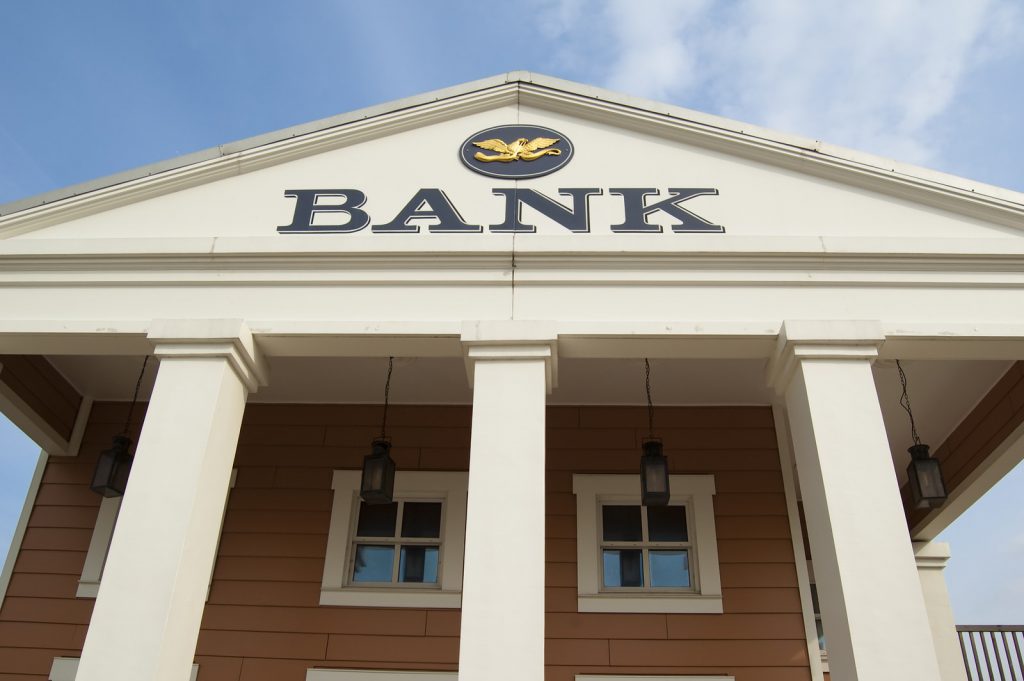Five of the country’s eight largest banks still are too big to fail, according to the nation’s top banking regulators.
Joint findings by the U.S. Federal Reserve and the Federal Deposit Insurance Corporation (FDIC) released earlier this month determined that five of the biggest banks lacked “credible” plans to address a crisis without creating financial panic. Those findings indicate the banks might require financial propping up from taxpayers and the federal government should a major crisis arise today.
Wells Fargo, JPMorgan, Bank of America, State Street and the Bank of New York Mellon all lack credible plans to “facilitate an orderly resolution under U.S. Bankruptcy Code,” regulators said. The plans, known as “living wills,” are requirements of the 2010 Dodd-Frank Act, regulatory legislation passed to provide protection for the wider economy should one of these institutions fail. The living wills are plans for the individual banks to enter bankruptcy smoothly without causing an economic crisis.
Citigroup was the only big bank to receive passing grades from both the Fed and FDIC. Even so, it was told its plan needs improvements. As for Morgan Stanley and Goldman Sachs, they both received passing marks from only one of the two regulatory agencies, meaning they also have work to do.
You Might Also Enjoy: Big Banks Shy Away from Coal as Climate Change Concerns Rise
The five banks that failed both inspections are required by law to go back to the drawing board to bolster their living wills. They have until Oct. 1 to remedy their plans or face restrictions on their activities, or requirements to raise capital levels. Should any of the five fail to produce satisfactory living wills within a two-year period, regulators can require a divesting of assets and businesses in an effort to make the organizations less complex and easier to unwind in the event of bankruptcy.
Whether the banks anticipated the findings of the Fed and FDIC remains unclear. JPMorgan, however, seems to have been a bit blindsided by the findings. Just prior to the joint announcement, Jamie Dimon, CEO, issued an annual letter that assured JPMorgan had “enough loss-absorbing resources to bear all losses.”
“Obviously we were disappointed,” JPMorgan’s Marianne Lake, chief financial officer, told The New York Times.
Some regulators remain worried about any of the eight largest banks’ abilities to wind down through bankruptcy without taking a major toll on the economy. Thomas Hoenig, the FDIC’s vice chairman, told Reuters the plans show that none are ready.
“The goal to end ‘too big to fail’ and protect the American taxpayer by ending bailouts remains just that: only a goal,” Hoenig was quoted as saying.
Whether the banks’ revised plans, due in October, will change Hoenig’s outlook remains to be seen. What is clear is that the clock is ticking on most of the country’s biggest financial institutions as the race continues to protect from another “too big to fail” scenario, as during the 2007-‘09 Great Recession.





